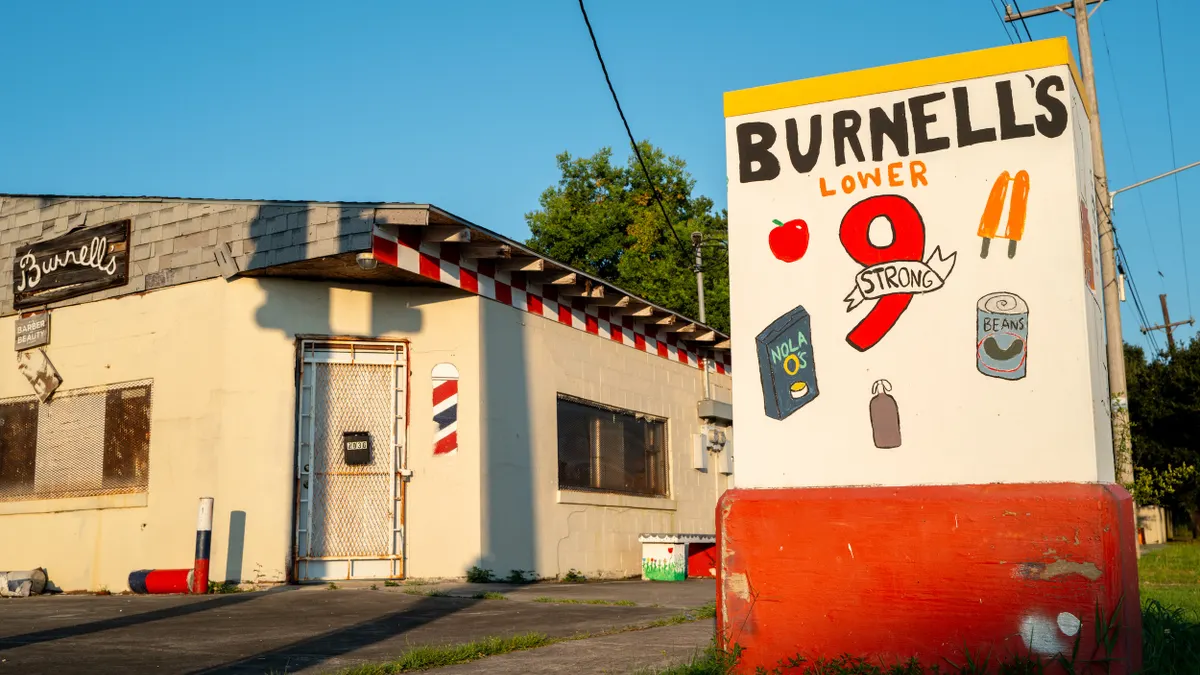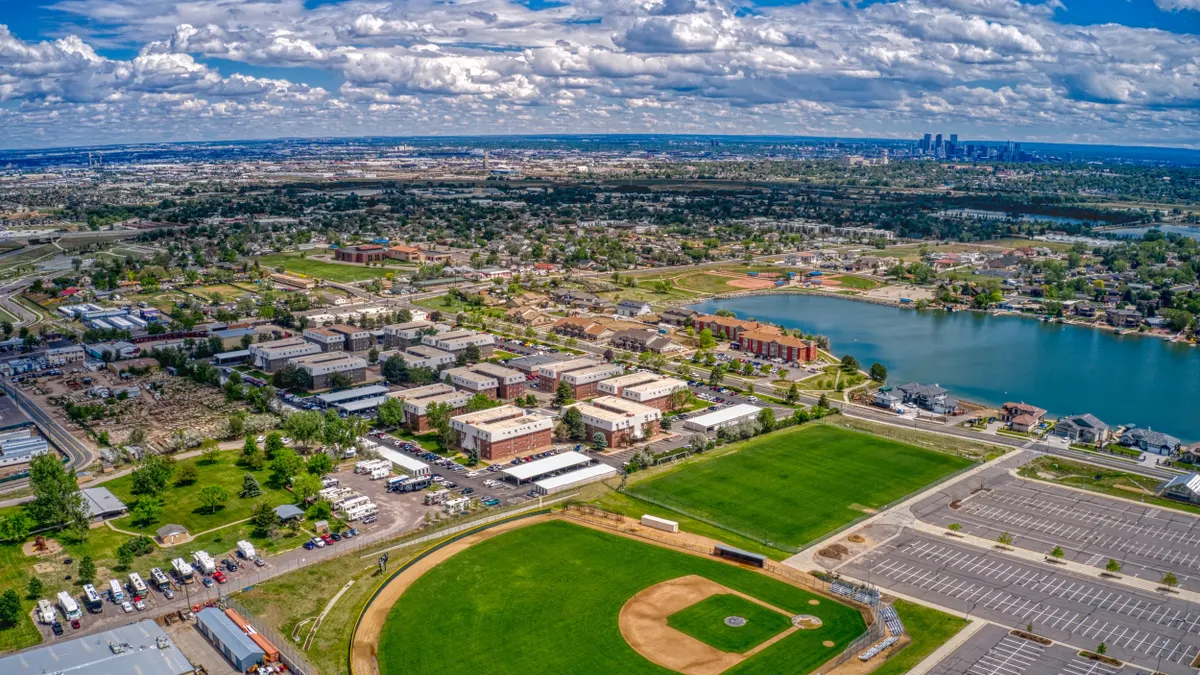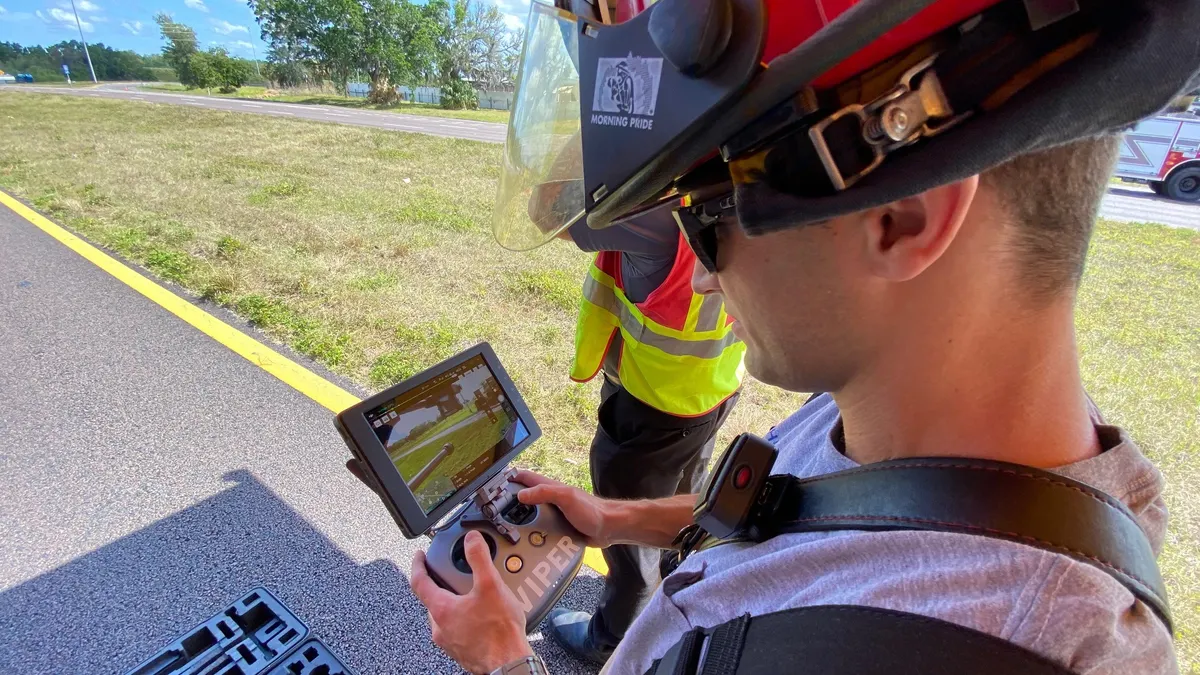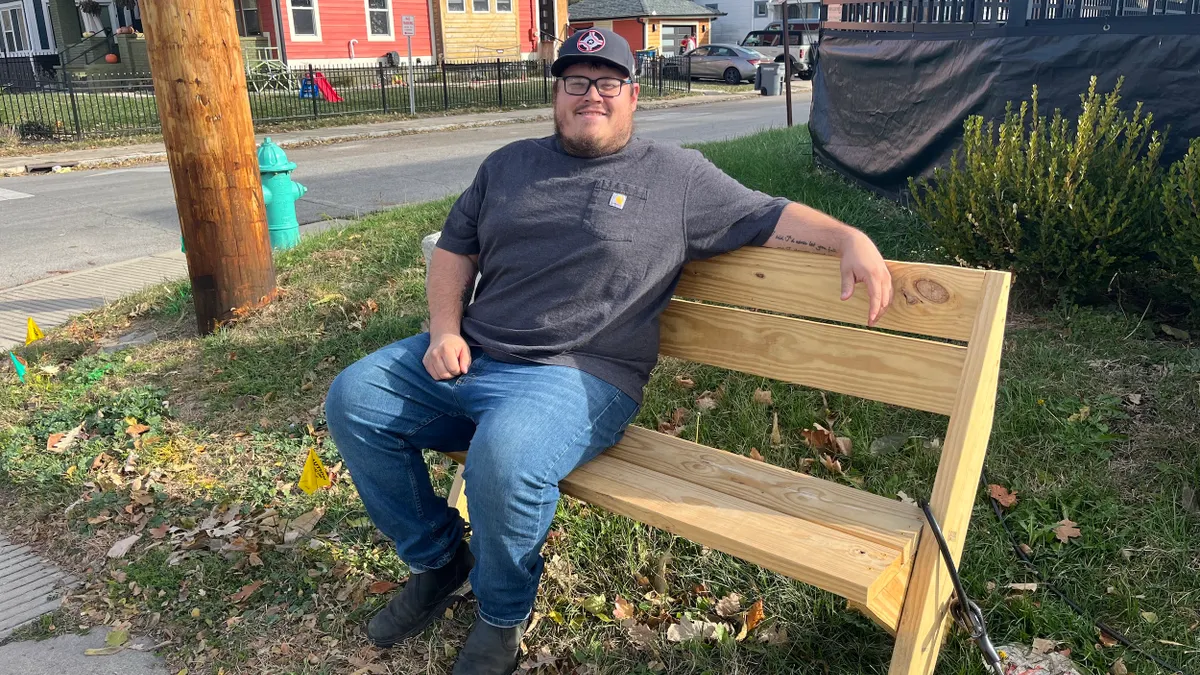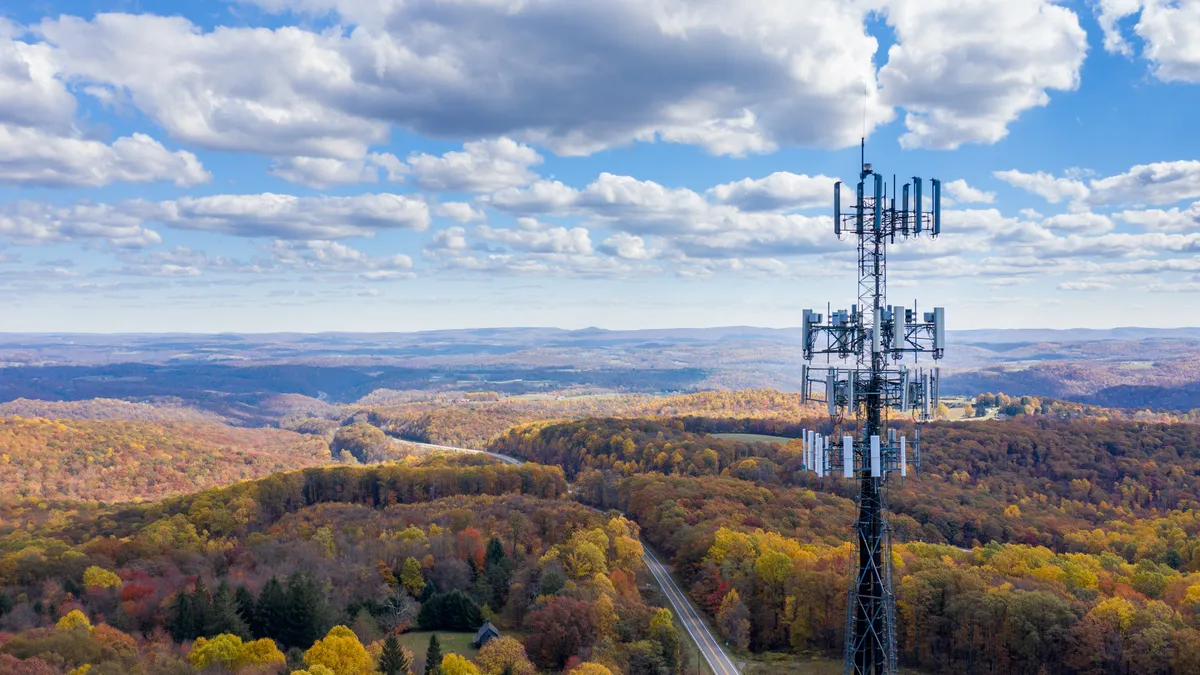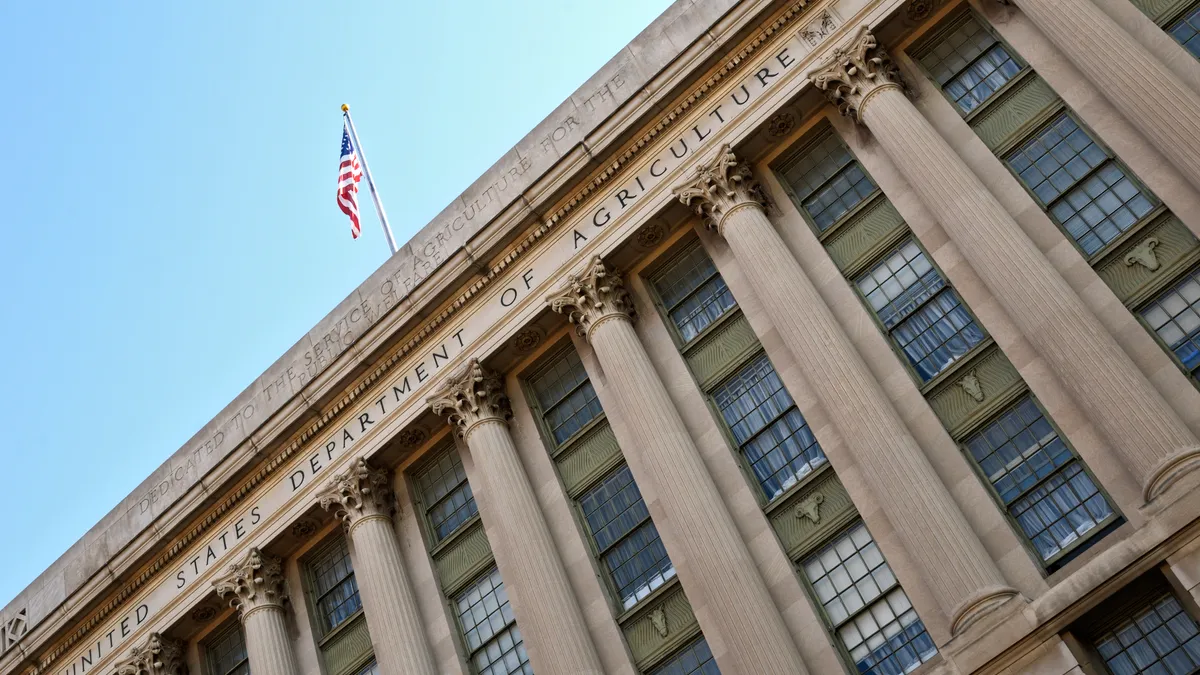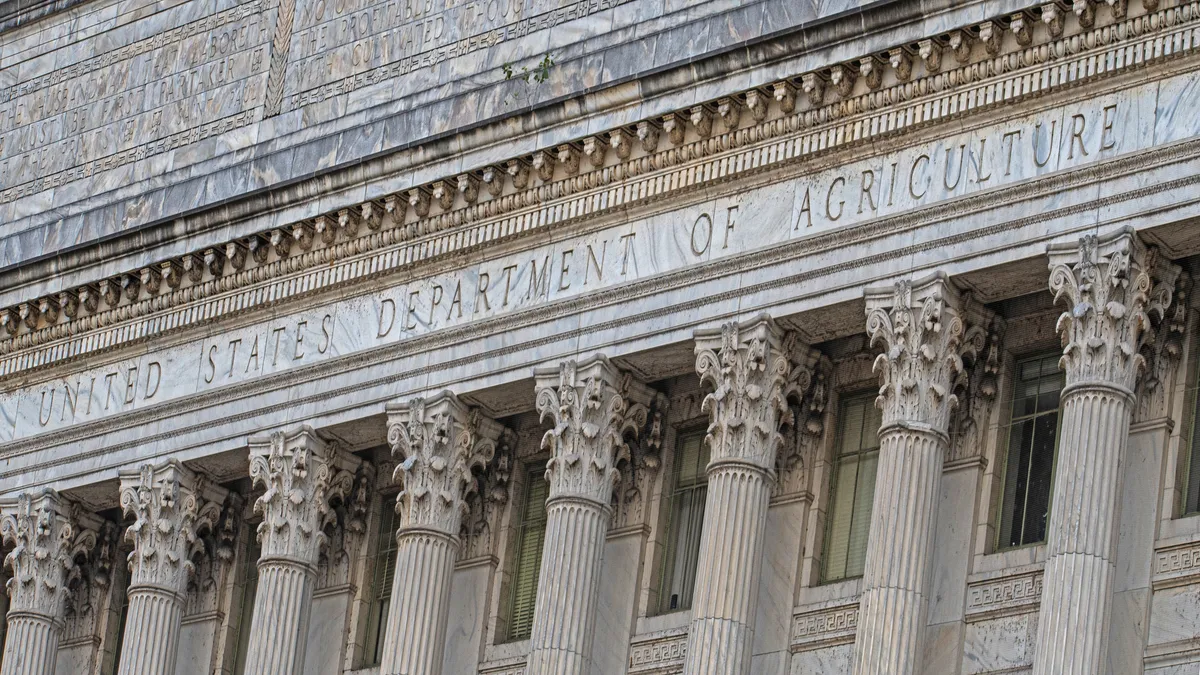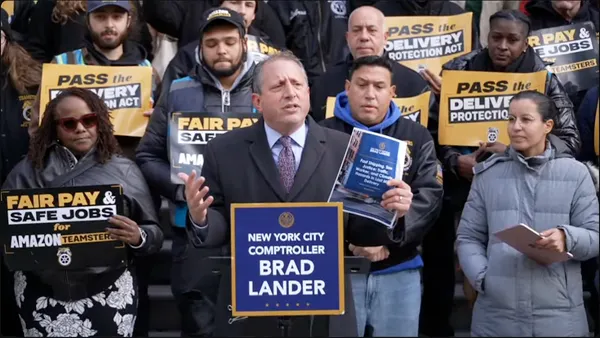In the 20 years since Hurricane Katrina, New Orleans has experienced uneven economic growth. The situation is exacerbated by a large wealth gap between Black and White residents.
Across all age groups, Black households are more likely to have very limited or negative net worth, according to The Data Center, which researches Southeastern Louisiana.
Household median income in the city increased 12% from 2000 to 2020, not adjusted for inflation, said Gregory N. Price, economics professor at the University of New Orleans. This slow growth lags the national economy. But even that modest increase hasn’t touched everyone. During that 20-year period, Black households in New Orleans saw no rise in median income.
“Black households particularly have difficulties engaging in the economy because of the legacy of racism, discrimination, mismatch between the skills and the quality of education,” said Price, who researches the effects of race on economic stratification.
Wages for low-income Black and immigrant workers
New Orleans’s labor market is segmented by race, Price said. The lower-paying tourism jobs that the metro area relies on are disproportionately held by Black people.
Those jobs “are not robust pathways out of poverty,” Price said.
Louisiana is one of only a few states without a state minimum wage, meaning it follows the federal minimum wage of $7.25 an hour. In Louisiana, 39% of all workers made less than $15 per hour, according to 2022 data. For Black workers, that jumps to 58%. For Latino workers, it was 50%.
The New Orleans Workers’ Center for Racial Justice, which was founded after Katrina to organize low-income Black and immigrant workers, wants to change that. It worked on a living wage ordinance for city contractors that went into effect in 2016. The wage is currently $16.01 an hour.
The workers’ center has pushed for transparency to make sure the city is following the ordinance. To that end, New Orleans is publishing a labor audit this year, said Matt Olson, senior researcher at NOWCRJ.
But most workers are not city contractors. And New Orleans has many tourism and gig workers, street vendors and temporary employees that have little labor protection, Olson said. The center frequently works with cases of wage theft and discrimination.
Immigrant workers face additional burdens. They gained more economic stability in the 2010s, but recent federal policy targeting immigrants has upended this progress, Olson said.
“It’s just been disheartening to hear from some of our members and some of our former members about this kind of reintroduction of instability and not feeling comfortable to go out and earn money for their families,” he said.
A “hollowing out of the Black middle class”
One bright spot is New Orleans’ increasingly diversified economy since Katrina, said Michael Hecht, president and CEO of economic development agency Greater New Orleans Inc. There’s a more robust tech sector with a focus on video game production. In addition to oil and gas jobs, there is a growing clean energy industry. Aerospace has diversified as well.
But GNO has seen some worrying trends. The New Orleans metro area has only 84% of its 2000 population, according to the Data Center. As part of that decline, the city has lost more than 121,000 Black residents.
New Orleans has shed a lot of the jobs that were staples of the Black middle class, Hecht said. After Katrina, the state took over almost all public schools, which were eventually turned into charter schools. Many teachers were laid off during this transition.
Hecht said many government jobs in New Orleans have also been cut. Partly because of these factors, many middle class Black residents have moved to cities such as Houston and Atlanta, he said.
“There's been this hollowing out of the Black middle class in New Orleans, which is problematic,” Hecht said.
GNO has looked to entrepreneurship as one possible career avenue for residents. It runs a program to support and connect Black entrepreneurs.
“Entrepreneurship over time is a great way to create wealth and also to create ecosystems of businesses,” Hecht said.
Progress in historically Black neighborhoods
Broad Community Connections is an economic development organization for the historically Black neighborhoods around busy Broad Street. These seven neighborhoods combined are 60% Black, 36% White and 7% Latino, said Executive Director Dasjon Jordan.
Broad Street took a hit after Katrina and became a food desert for a few years, Jordan said. Now the economy is stronger, and many new storefronts have opened. The area has about 400 businesses.
“But that doesn't come without a question of how [have] income and wages and wealth increased for those who were most marginalized when Katrina hit and the generations after,” he said.
Financing is an issue. Jordan said many business owners around Broad Street use personal finance to support their business. That means ballooning home insurance costs — up an average of 16% in 2022 and 14% in 2023, according to NOLA.com — put the vitality of small businesses in jeopardy.
Climate change is another factor in New Orleans’s economy. Black neighborhoods tend to suffer more from flooding, and Broad Street is no exception. During heavy rains, its neighborhoods have frequent flooding that is worsened by a failing water pump system.
Broad Community Connections advocates for infrastructure in public and private spaces to be adapted to the changing climate.
“If the basic infrastructure isn't resilient, then all of this economic revitalization really is pretending that climate [change] isn't happening,” Jordan said.


